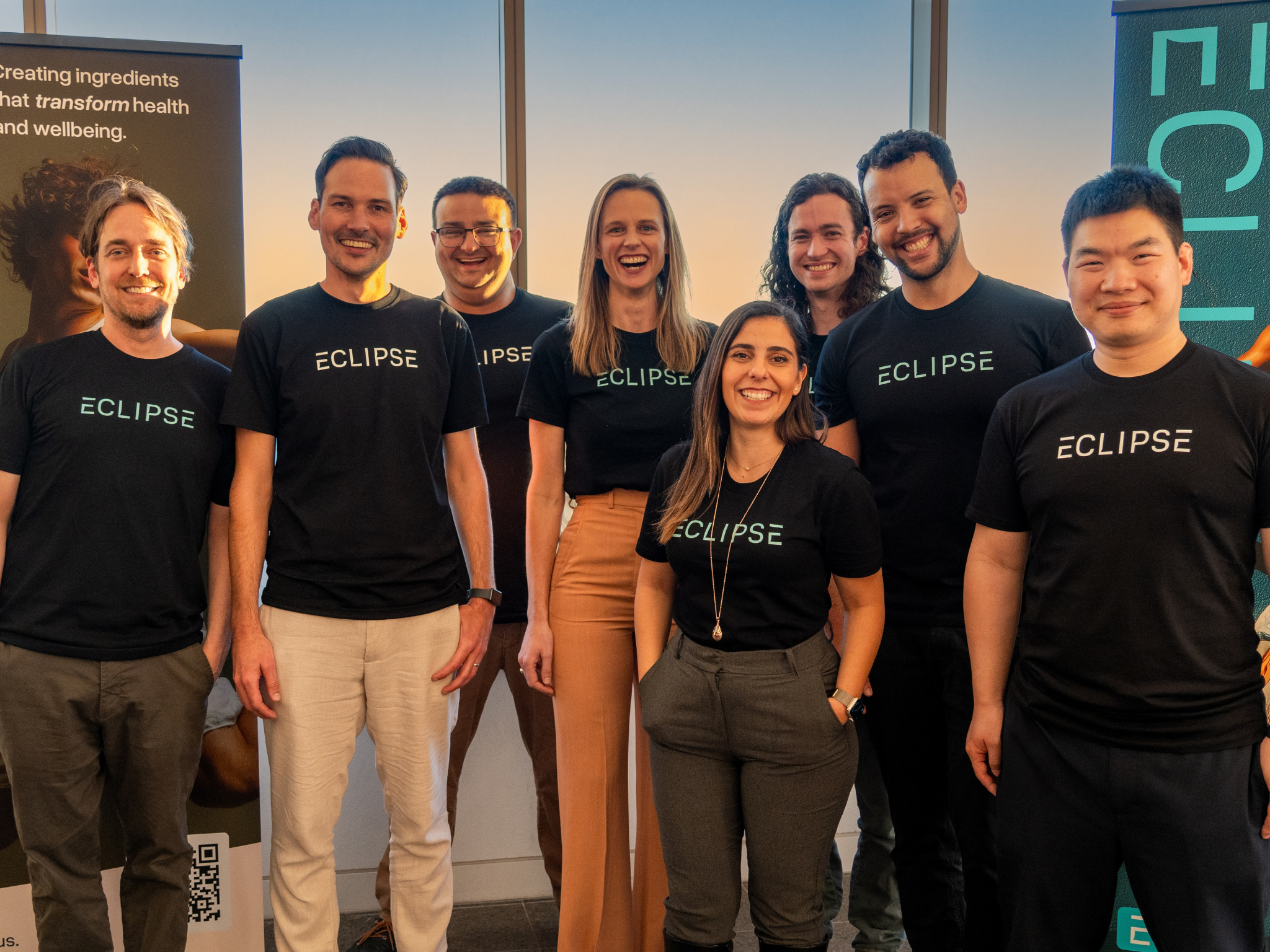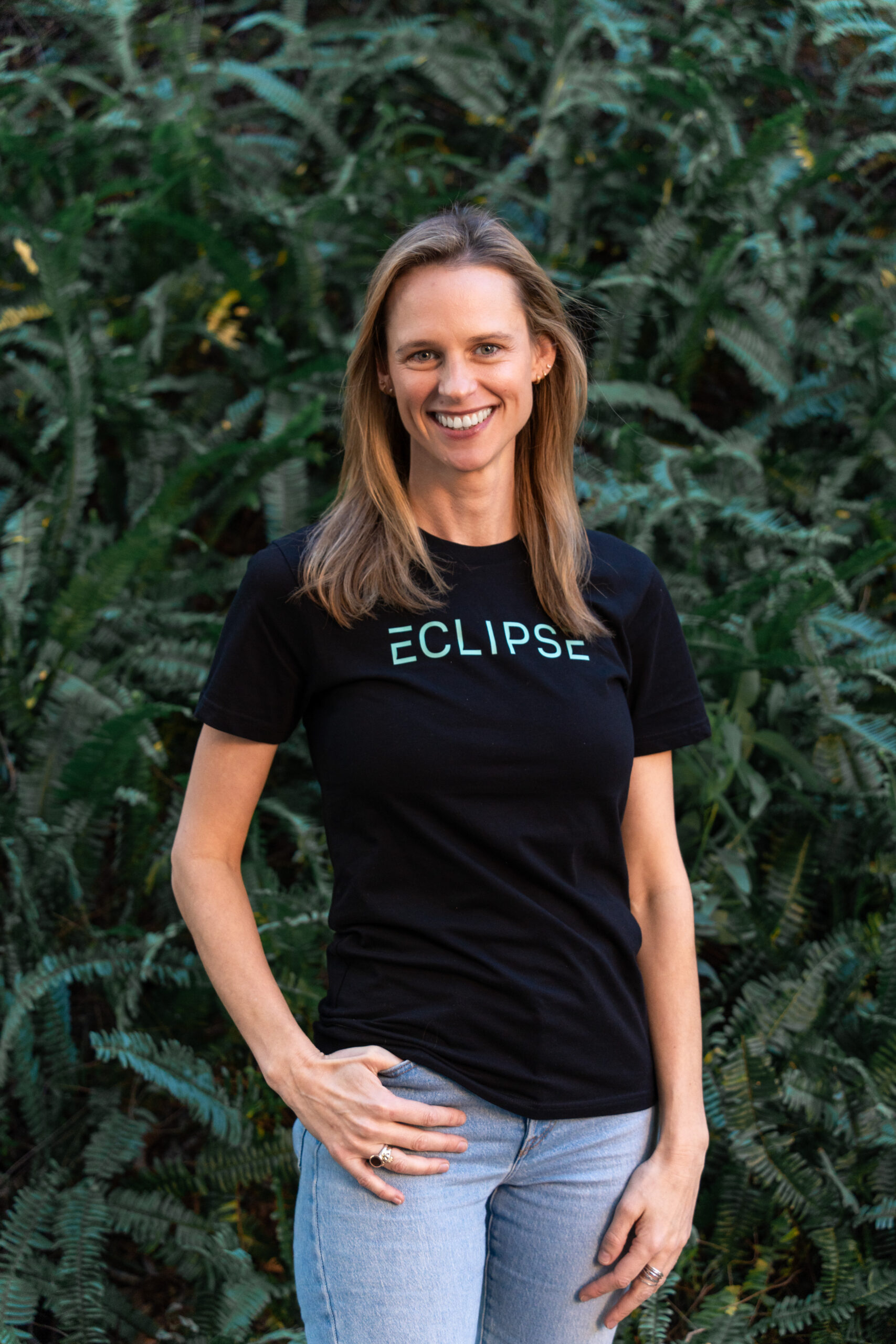
Australian precision fermentation startup Eclipse Ingredients has emerged from stealth with A$7M ($4.6M) in funding to scale up its production of human lactoferrin.
Aiming to make “impossible-to-source” health ingredients widely accessible through sustainable production, Brisbane-based Eclipse Ingredients has emerged from stealth with its first target protein.
A spinout from the national science agency, CSIRO, the precision fermentation startup has raised A$7M ($4.6M) in funding, with nearly A$3M ($1.9M) coming from the federal government via its Food and Beverage Accelerator (FaBA), and the rest from AgFunder and angel investors.
It’s starting with human lactoferrin, a whey protein found in breast milk, immune cells, and many organs, and known for its iron-regulating and functional health properties.
“We’re not just making ingredients – we’re transforming what’s possible when nature’s most powerful compounds become accessible at scale,” said founder and CEO Siobhan Coster, a dietitian and MBA graduate. “Ingredients like human lactoferrin offer incredible health benefits across all life stages – including for babies – yet they’ve been locked away.”
A ‘super capital-efficient’ precision fermentation platform

A highly sought-after ingredient, lactoferrin boasts antiviral, antibacterial, immunity-boosting, and gut-strengthening properties. It’s found both in human and bovine milk, but extracting 1kg of purified lactoferrin requires 10,000 litres of milk, leading to exorbitant costs and a strained supply, which is therefore reserved for infant nutrition and supplements.
It means that despite its various benefits, lactoferrin remains absent from products that could benefit millions, according to Eclipse Ingredients. It has applications across a range of industries, from sports nutrition and immune-boosting functional foods to premium skincare.
To overcome the supply and cost bottlenecks, the firm is turning to precision fermentation. The tech combines traditional fermentation with the latest biotech advancements to efficiently produce a compound of interest – in this case, human lactoferrin.
In a process similar to brewing beer, Eclipse Ingredients genetically engineers yeast to produce proteins instead of alcohol in a highly controlled environment, with the resulting ingredients mirroring those found in animals and humans.
The firm is now scaling up through the precision infrastructure at the Queensland University of Technology (QUT), where FaBA is helping it transfer its tech from lab scale to 2,000-litre fermenters. “Lactoferrin has incredible qualities that are hugely beneficial for our health, yet the human version has been impossible to produce at scale,” said Coster.
“This partnership gives us access to world-class facilities and expertise, allowing us to focus on what we do best – turning breakthrough science into products that change lives,” she added.
“We’ve built Eclipse’s platform to be super capital-efficient, leveraging existing infrastructure and expertise here in Australia at QUT, the University of Queensland, and CSIRO. That means we can stay laser-focused on what matters: our people, our patents and breakthrough science.”
“Eclipse’s technology platform unlocks the immense potential of human lactoferrin at commercial scale,” added Michael Dean, founding partner at AgFunder. “By solving a critical bottleneck for the production of complex functional proteins, we believe they are positioned to disrupt the global wellness and skincare markets.”
Eclipse Ingredients targets cosmetics launch for 2027

Eclipse Ingredients is now seeking commercial partnerships internationally, and aims to launch the first commercial products featuring its recombinant human lactoferrin in 2027.
“While our initial focus is cosmetics, there are health benefits that human lactoferrin can deliver across other areas, including food and supplements, opening up a range of opportunities to support health and wellbeing,” said Coster. Its applications in skincare will follow food and infant formula products by the end of the decade.
The startup said it is strategically positioned to access Asia-Pacific’s rapidly expanding health ingredients market, and is hoping to cement Australia’s position as a leader in ingredient innovation. It is the newest name in the country’s burgeoning precision fermentation sector, which includes All G, Nourish Ingredients, Eden Brew, Daisy Lab, and Cauldron.
“We’re delivering trusted science, as well as helping to demonstrate new potential technology-led industries for Australia,” Crispin Howitt, research lead at CSIRO. “Australia is a leading producer in trusted, sustainable and high-quality ingredients, and can build on this reputation to open new high-value market opportunities using advances in precision fermentation.”
FaBA is part of the federal education department’s Trailblazer Universities Program, benefitting from an A$50 investment, complemented by another A$110M from universities and industry. It is also working with All G to transfer its cow-free bovine lactoferrin from its lab-scale bioreactors to the startup’s large fermentation tanks.
“Australia’s Food and Beverage Accelerator is well-positioned to bring together world-leading researchers from across universities to deliver new ingredients and premium products that consumers are increasingly demanding,” said FaBA director Chris Downs.
Eclipse Ingredients isn’t the only one producing precision-fermented human lactoferrin. US-based Helaina and Portugal’s PFx Biotech are working on these proteins too, and have both benefited from new funding over the last year amid an otherwise dire investment landscape for alternative proteins. Yali Bio and The Live Green Co, meanwhile, are creating precision-fermented breast milk fats.
The post Australia’s Eclipse Ingredients Nabs $4.6M for Recombinant Breast Milk Protein appeared first on Green Queen.
This post was originally published on Green Queen.